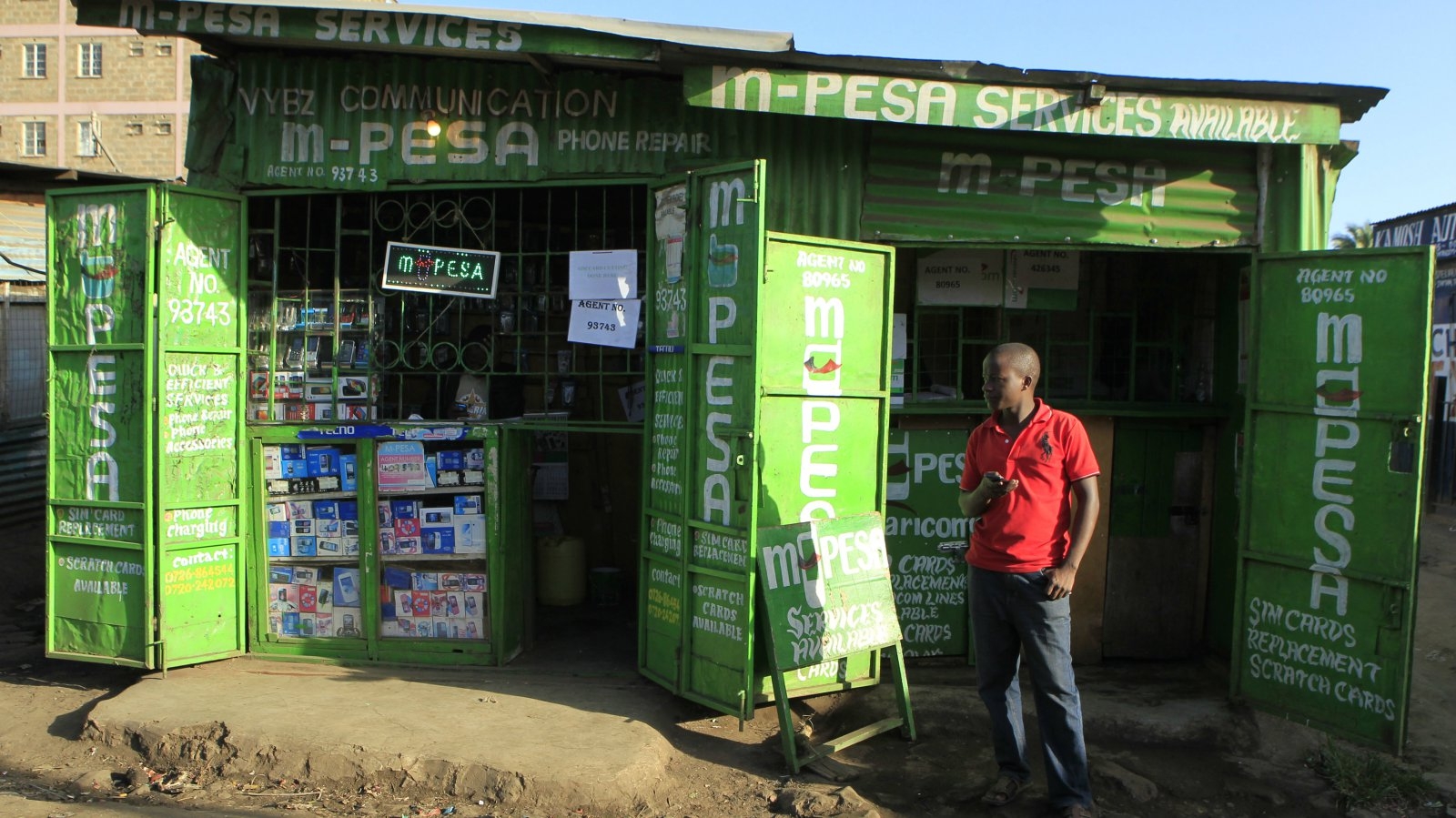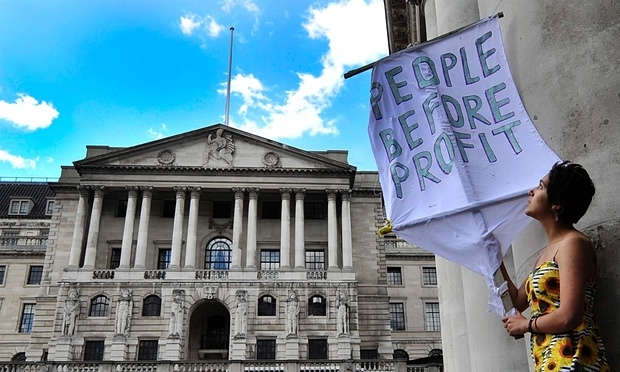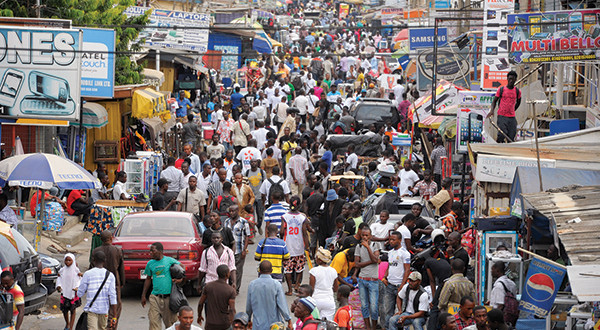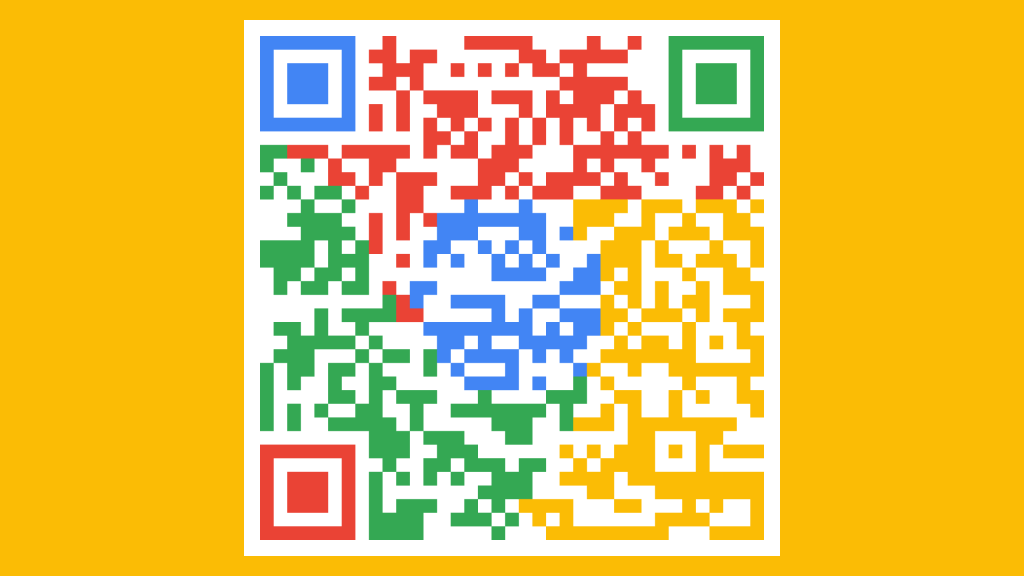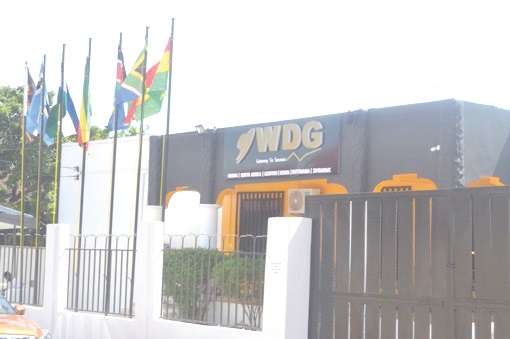
Visa, the world’s largest payments network, is taking on the world’s largest mobile money platform, M-Pesa, in its home country. The credit card company has launched its Mvisa app that allows users to make purchases or transfer money on their cellphones in Kenya.
Visa admits that one reason for entering the mobile money market is because its hasn’t had much success promoting its traditional credit cards in the largest economy in East Africa.
“One of the reasons is we haven’t had as many cards as we’d like,” Andrew Torre, head of Visa for Sub-saharan Africa, told Bloomberg, “the other reason is we haven’t been able to engage the hundreds millions of merchants where people shop.”
Visa plans to expand to Rwanda, Uganda, Tanzania, and Nigeria within the year.

The move makes sense, given that Africa is the center of the global mobile money industry. Here, cell phone users use mobile money for everything from paying school fees and hospital bills to saving or sending remittances. Last year, 85% of all new mobile money accounts were in Africa or South Asia, according to data from GSMA.
Within the mobile money world, Kenya has long been the leader. Kenya first popularized mobile money with the introduction of M-Pesa in 2007. The country now has the world’s highest mobile money penetration rate with more than half of adults using M-Pesa, owned by the Kenyan telecom Safaricom, or one of its rival platforms. Last year, more than $50 billion in mobile money transactions passed through M-Pesa, the most used platform in the country, with 16.6 million active users.

The Mvisa app, first introduced in India last year, isn’t exactly like M-Pesa, which could be both a drawback and a boon.
Mvsia users have to be connected to one of four Kenyan banks that have partnered with Visa. M-Pesa users only need an ID card and registered cell phone—they don’t have to be connected to a bank, which is one reason why the platform has become so popular. More adults have mobile money accounts than bank accounts in East Africa, according to GSMA’s 2015 report (pdf) on mobile money.
On Mvisa, smartphone users pay for goods by scanning “quick response” or QR codes, making it similar to payment systems in messaging apps like China’s WeChat. Feature phone users can key in SSID codes.
One advantage that Mvisa has is that it’s not linked to just one mobile network provider. “Because the transaction runs through the Visa network, the consumers and merchants do not need to be customers of the same bank or mobile operator,” Visa said in a statement. M-Pesa users have to use Safaricom’s service and can only transfer to other Safaricom subscribers.
In this way, Mvisa may be a solution to the problem of a lack of “interoperability,” that prevents transactions across countries and among users on different mobile networks and has held mobile money back from truly transforming finance in Africa. “It democratizes payments,” said Uttam Nayak, emerging markets senior vice president for Visa.
Source: Quartz Africa


